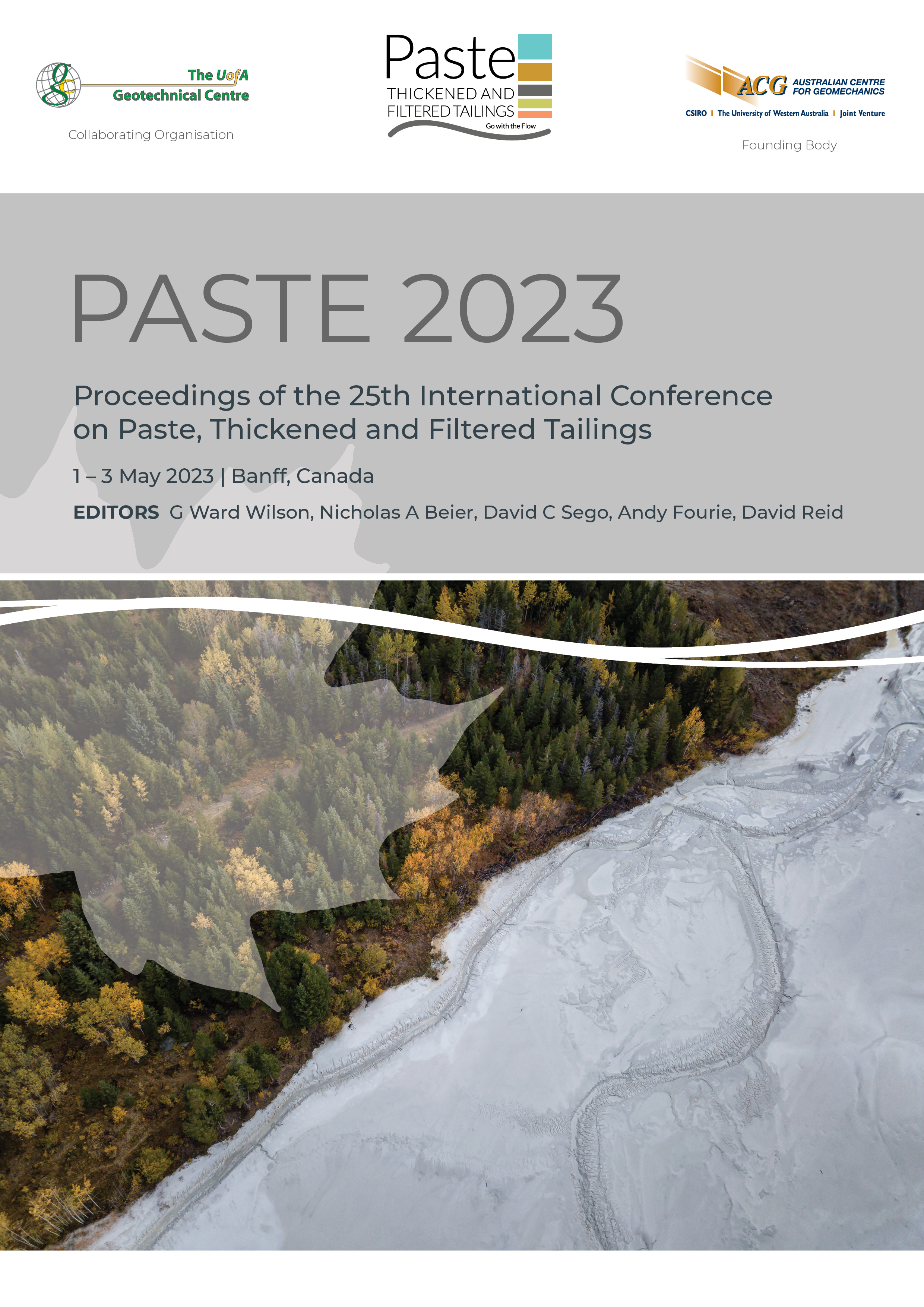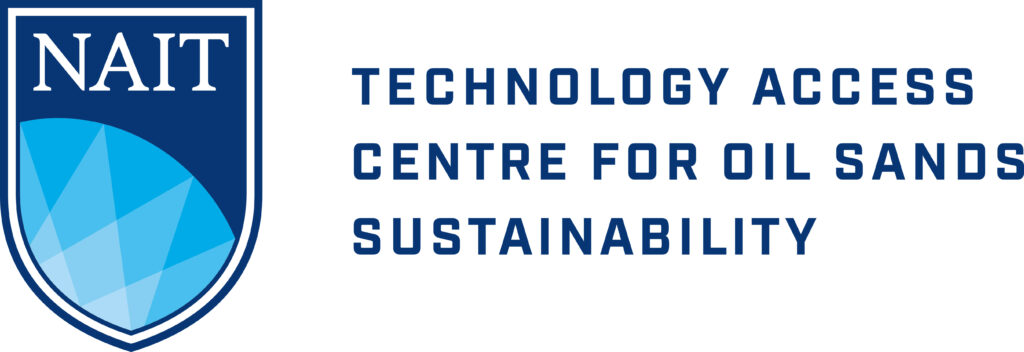Filtered tailings plant design at Krumovgrad Mine

|
Authors: Diaz, A; Ahmed, I; Kerry, P; Corrigan, P; Stewart, F |
DOI https://doi.org/10.36487/ACG_repo/2355_24
Cite As:
Diaz, A, Ahmed, I, Kerry, P, Corrigan, P & Stewart, F 2023, 'Filtered tailings plant design at Krumovgrad Mine', in GW Wilson, NA Beier, DC Sego, AB Fourie & D Reid (eds), Paste 2023: Proceedings of the 25th International Conference on Paste, Thickened and Filtered Tailings, Australian Centre for Geomechanics, Perth, pp. 316-323, https://doi.org/10.36487/ACG_repo/2355_24
Abstract:
Dundee Precious Metals’ Ada Tepe mine is located approximately 3 km south of the town of Krumovgrad in south-eastern Bulgaria. It is an open pit mining operation comprised of a process plant, which employs a conventional crushing, grinding, and flotation process for gold and silver extraction. Currently, the tailings are being deposited as a thickened tailings in their integrated mine waste facility (IMWF). Cells are created out of waste rock to retain the thickened tailings. These cells are built within two valleys adjacent to the open pit, starting with initial starter platforms at the base of each valley, continuing up the two valleys until the two parts join at a higher elevation to form a single facility. As the cells are filled and lifts completed, the front berms are progressively rehabilitated. There are two collection sumps at the bottom of each valley from which water is pumped up to the top of the hill into the raw process water reservoir for use within the process. There is limited space on site and filtered tailings was contemplated to reduce construction complexity and placement effort in the IMWF, increase flexibility for future tailings placement, and reduce costs associated with further consolidating the thickened tailings and pumping water to the current reservoirs. In 2021, a feasibility study for producing filtered tailings within a limited footprint to improve the operability of the IMWF commenced. This consisted of assessing the area required for the filtration plant, overall design efficacy, taking into account the filterability of the tailings, transportation of the filtered tailings, examining the filtered tailings storage requirements and modifying the IMWF deposition strategy to suit filtered tailings instead of thickened tailings. This paper describes the general benefits of filtered tailings as well as some of the challenges in implementing such a system. In addition to the key design considerations for the filtration plant, outlining the specific operational benefits and identifying recoverable costs for this site are discussed.
Keywords: filtration, opportunities, design, tailings
References:
Eldridge, T, Kissiova, M, Wickland, B, Ahmed, I & Laurin, J-F 2013, ‘Integrated mine waste storage facility, Krumovgrad Gold project, Bulgaria’, Proceedings of the XV Balkan Mineral Processing Congress, University of British Columbia, Vancouver, pp. 932–934.
Lupo, J & Hall, J 2010, ‘Dry stack tailings – design considerations’, Proceedings of the Tailings and Mine Waste 2010 Conference, A.A. Balkema, The Netherlands, pp. 339–346.
Wisdom, T, Jacobs, M & Chaponnel, J 2018, ‘GeoWasteTM – continuous comingled tailings for large‑scale mines’, in RJ Jewell & AB Fourie (eds), Paste 2018: Proceedings of the 21st International Seminar on Paste and Thickened Tailings, Australian Centre for Geomechanics, Perth, pp. 465–472,
© Copyright 2025, Australian Centre for Geomechanics (ACG), The University of Western Australia. All rights reserved.
View copyright/legal information
Please direct any queries or error reports to repository-acg@uwa.edu.au
View copyright/legal information
Please direct any queries or error reports to repository-acg@uwa.edu.au



